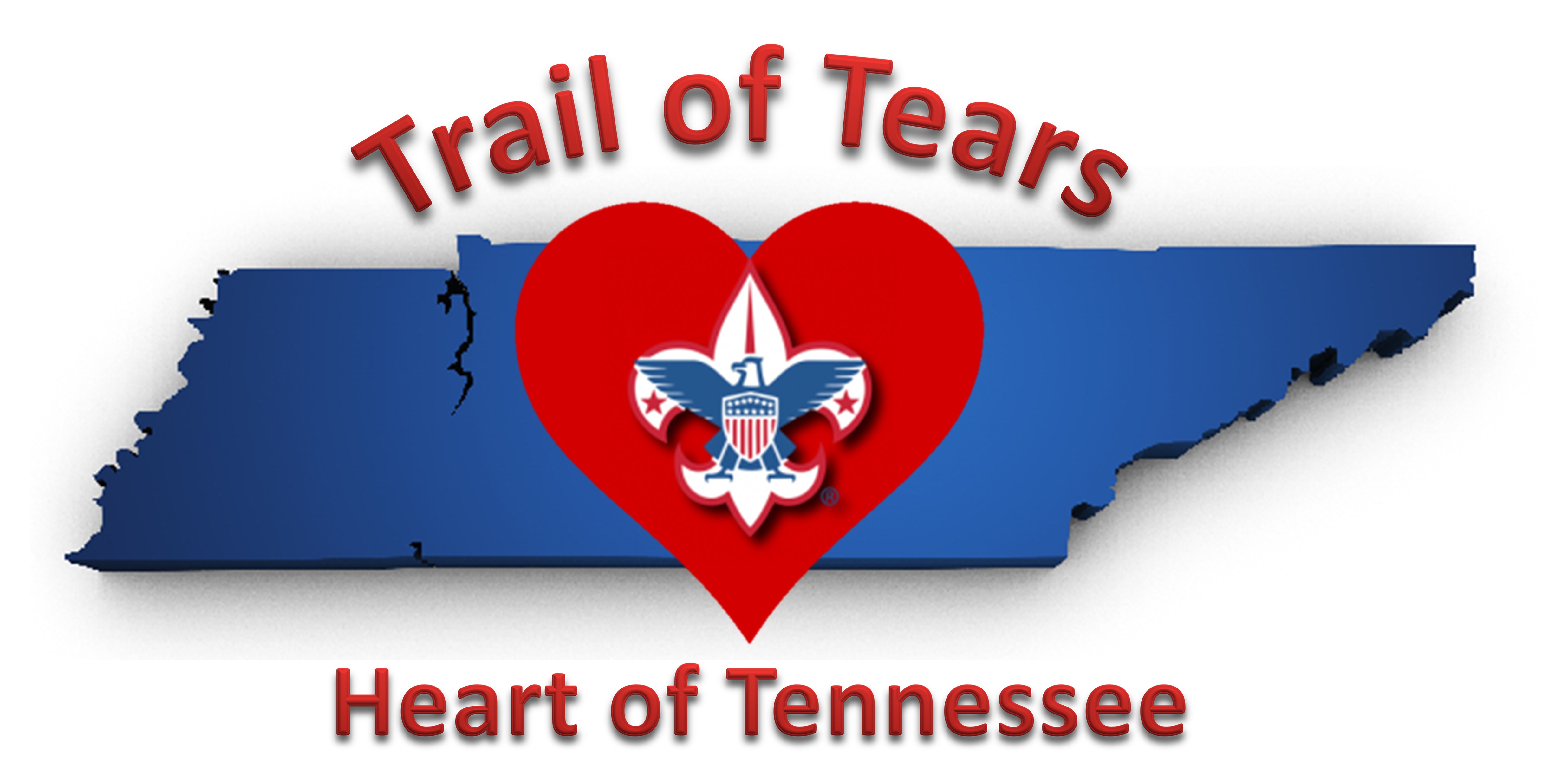
Emergency Situation: You’re hiking with some friends in July at Zion National Park. It’s high noon when you begin to feel faint. Sweat pours down your forehead and into your eyes, causing you to stumble down the trail. You’re dizzy. You open your canteen for a drink of water, but it’s empty. Your pulse quickens, and then you collapse.
Solution: First, choose wisely when planning your summer hikes. Walking in the desert at noon puts you at a higher risk for overheating. If you must hike when it’s hotter (noon versus early morning), always carry extra hydration and dress for the expected temperatures.
Now let’s make a distinction: Heat exhaustion is different from heat stroke. This column deals with the former, which can lead to the latter — but they are not the same thing. Heat stroke is a serious condition that can be fatal and demands urgent hospital care. (Recovery requires immediate full-body cooling to avoid permanent brain injury or death.)
Heat exhaustion, while serious, can be field-treated in most cases if you know what you’re doing.
Heat exhaustion is the body’s way of telling you that it’s water- and salt-depleted, typically because of excessive perspiration without proper replenishment. There are numerous signs of the condition: profuse sweating (as the body tries to cool itself), dizziness, fatigue and muscle cramps. Other signs might be less obvious: general confusion, very dark yellow (or even brownish) urine, nausea and a rapid heart rate.
The first step in treating heat exhaustion is to stop, sit and cool down. Next, move to a cool(er) place. If you’re near a swimming hole or an air-conditioned building, go for it. It’s more likely you’re near an air-conditioned car: Use one, if it’s close. If not, move to a shady spot (try a north-facing slope).
Once you cease activity, rehydrate slowly while removing tight-fitting clothing. Water is a good choice. But because heat exhaustion might also be caused by mineral depletion, electrolyte-enhanced sports drinks are also effective. If a banana is available, eat one for added mineral replenishment. Salt tablets can also be dissolved in water, but don’t overdo it … you’re trying to rehydrate, not dehydrate. Rehydrate with a mouthful of liquid at a time. This should eventually lead to urination, a sign that the kidneys are functioning normally and the body is no longer fluid-depleted.
There are additional ways to treat heat exhaustion. Full-body immersion in cool water is ideal. If you have water to spare, cool the victim’s skin with dampened T-shirts. Also, fanning speeds up the skin-cooling effects of sweating. Use a map, book, magazine or hat. A few people fanning the overheated hiker can be helpful.
Recovery times vary for heat exhaustion. Don’t expect someone to take off down the trail after swallowing some Gatorade. Activity should be kept to a minimum. If you need to hike out, wait until it’s cooler and then take your time.
FIND MORE SURVIVAL TIPS AT SCOUTINGMAGAZINE.ORG/SURVIVETHIS
Powered by WPeMatico
